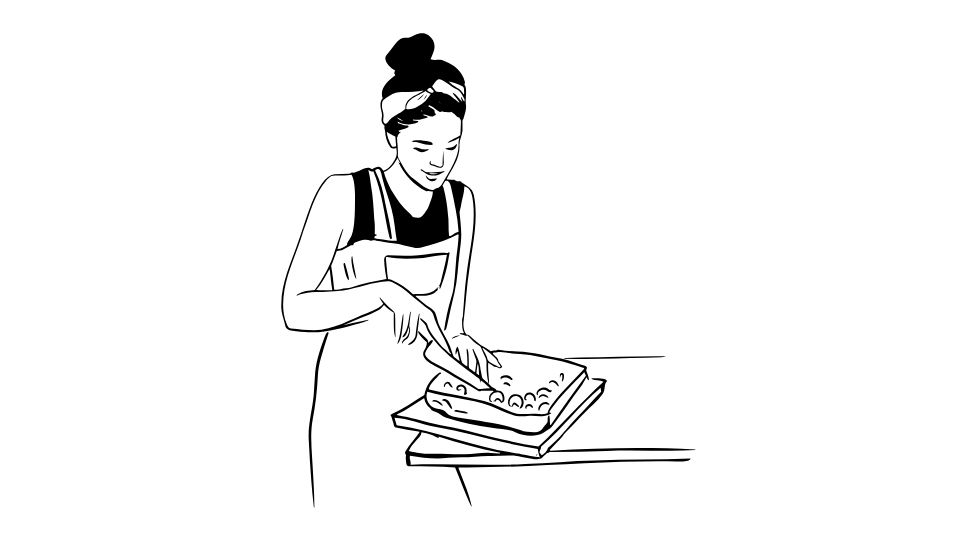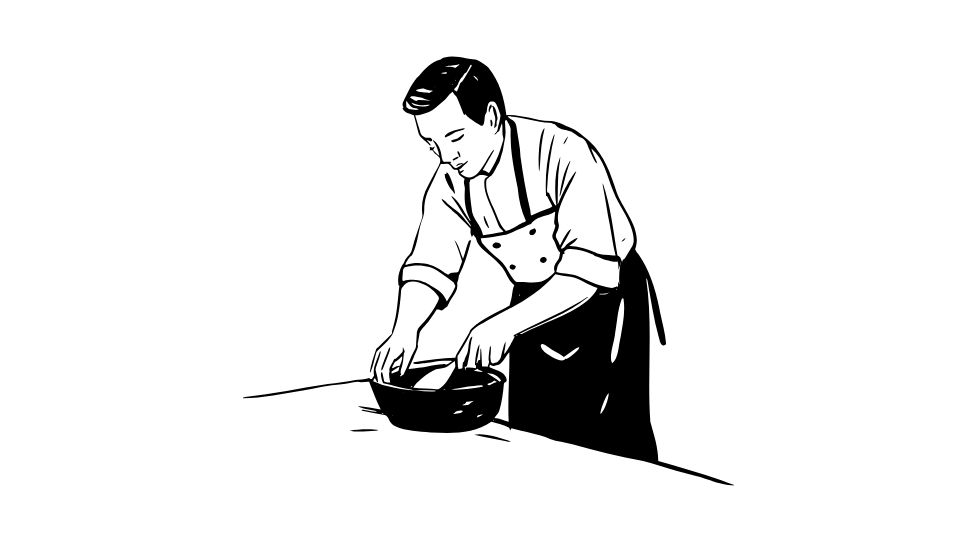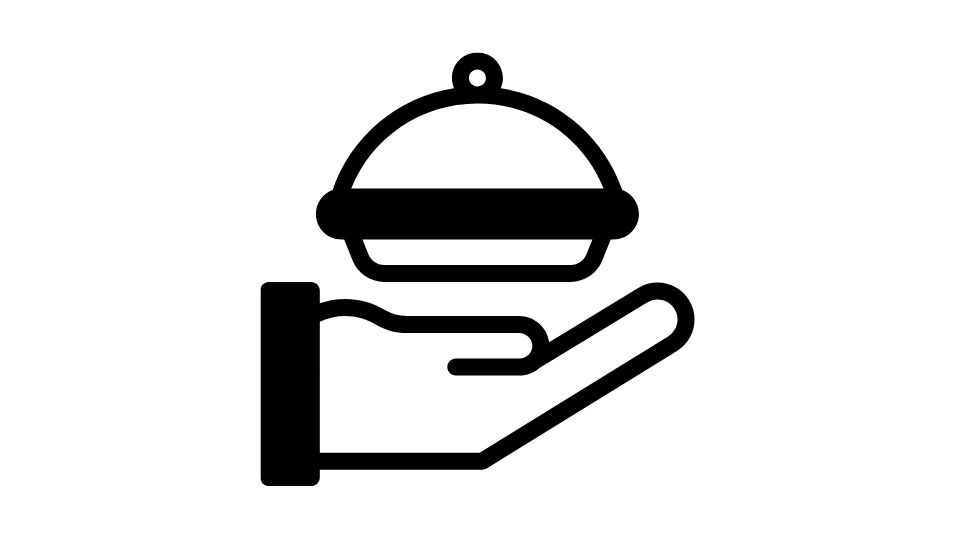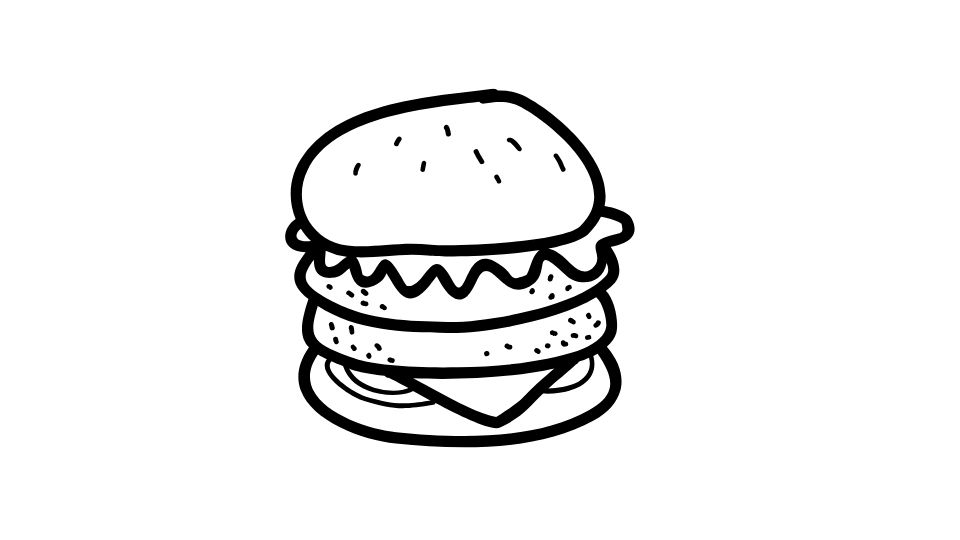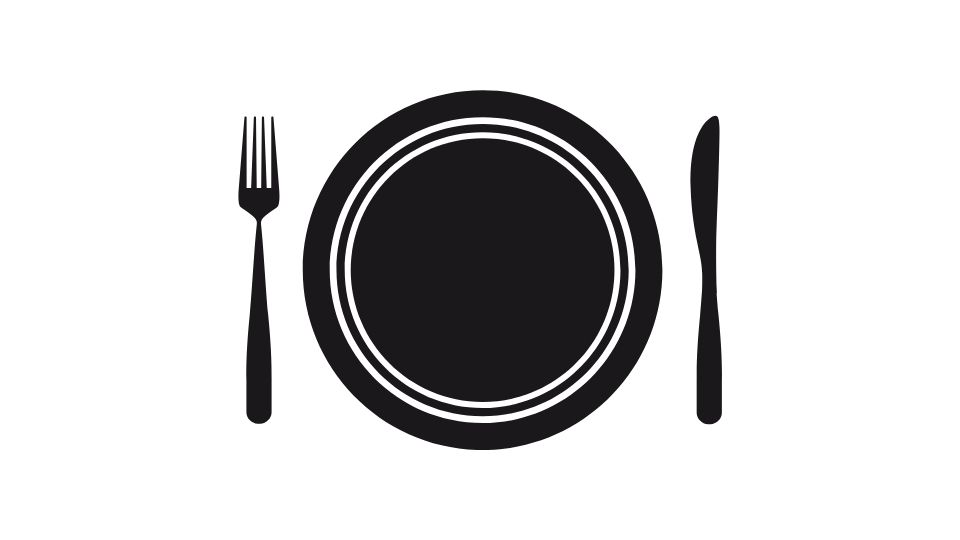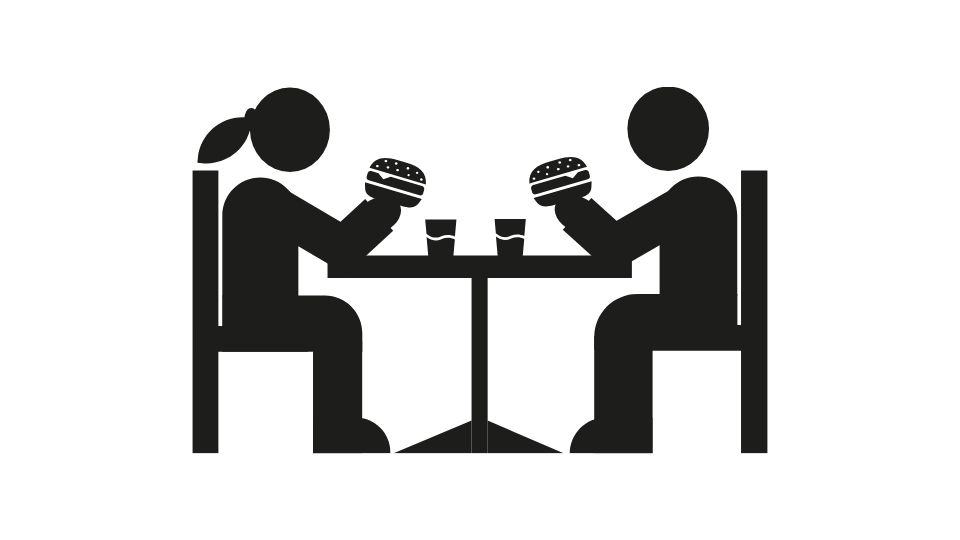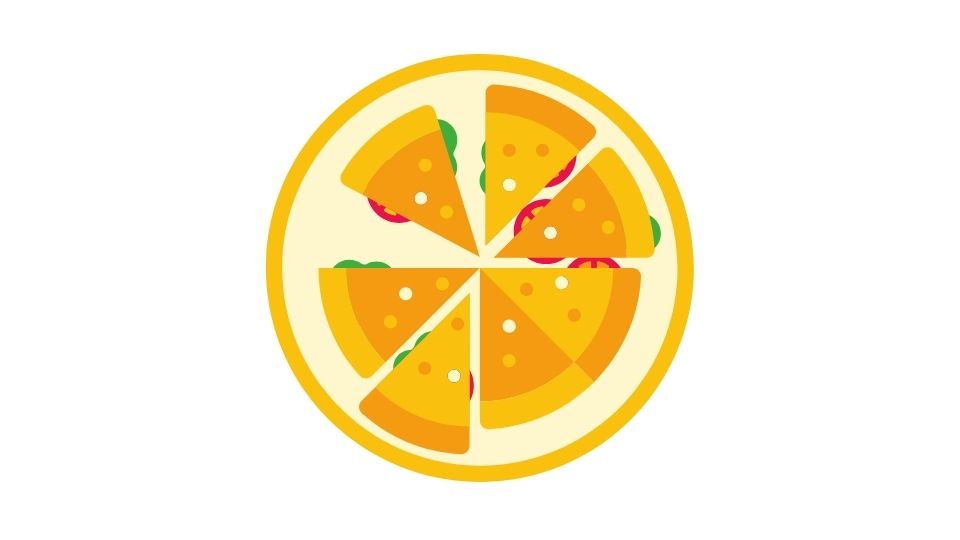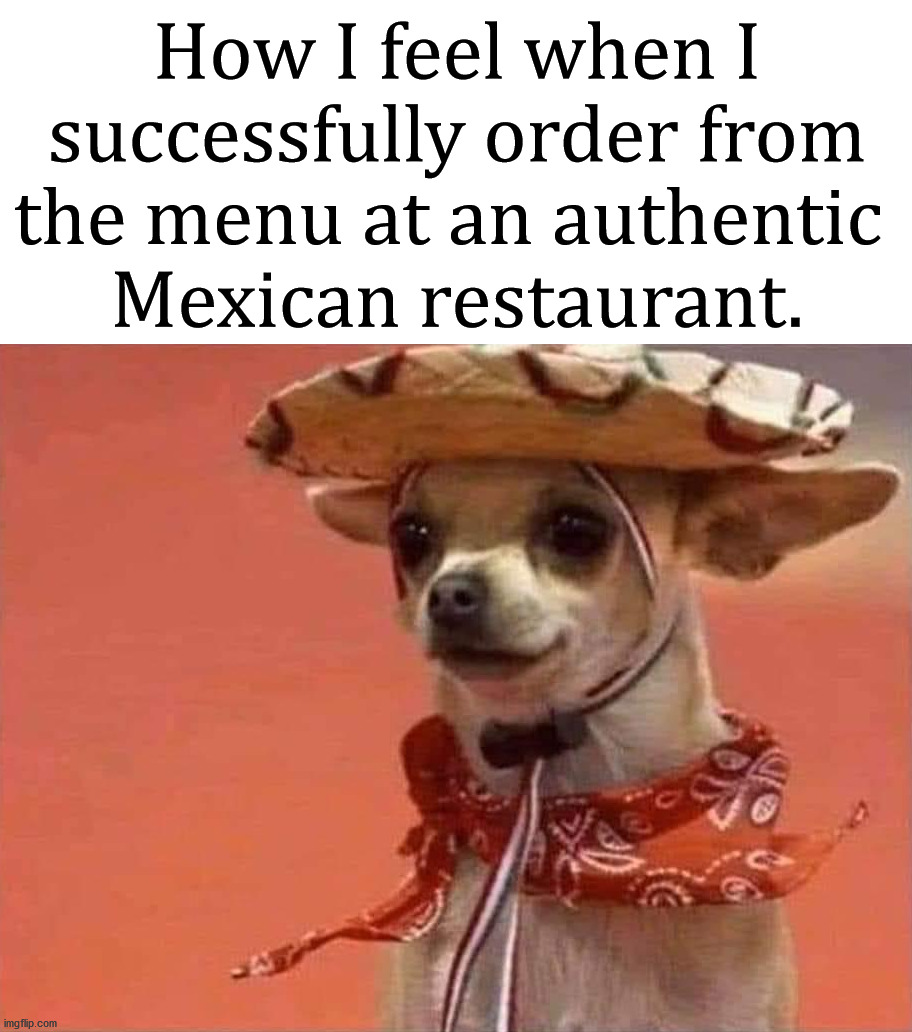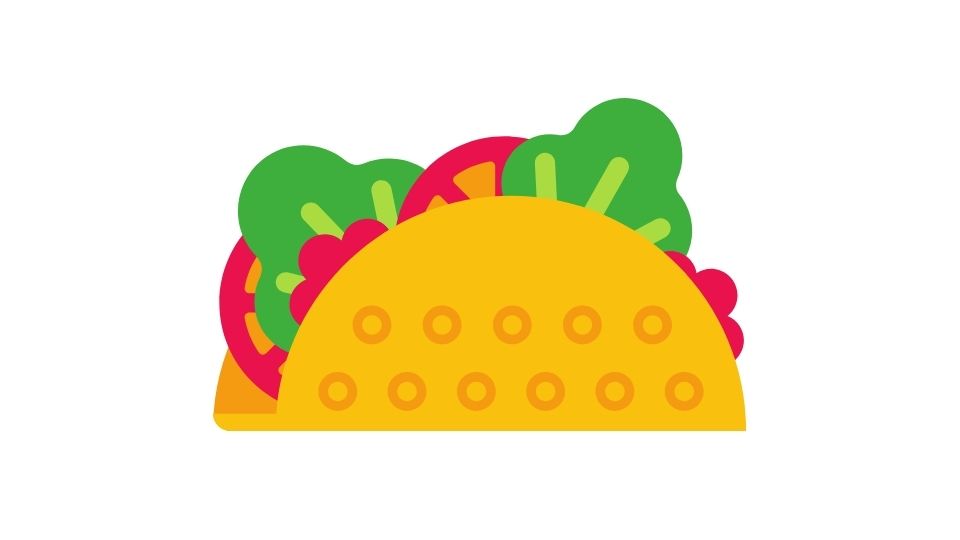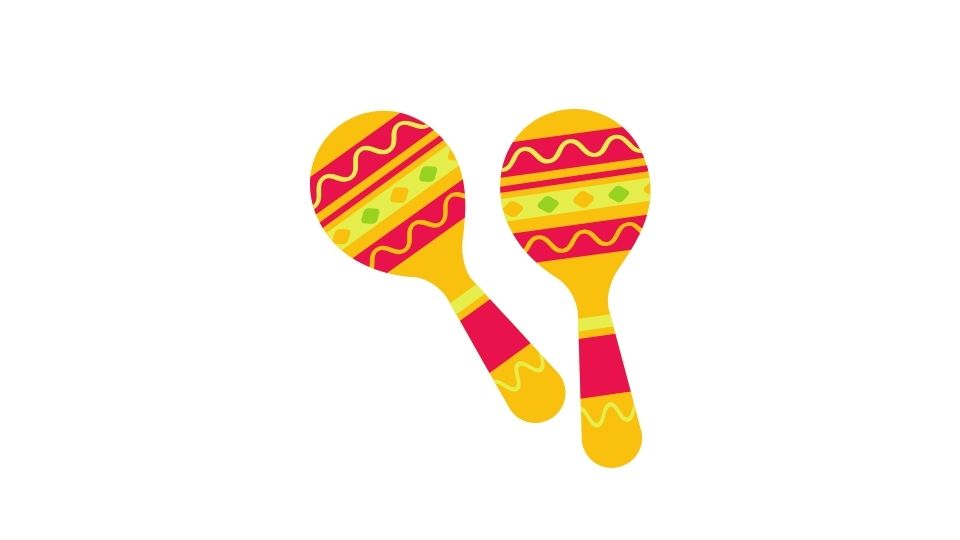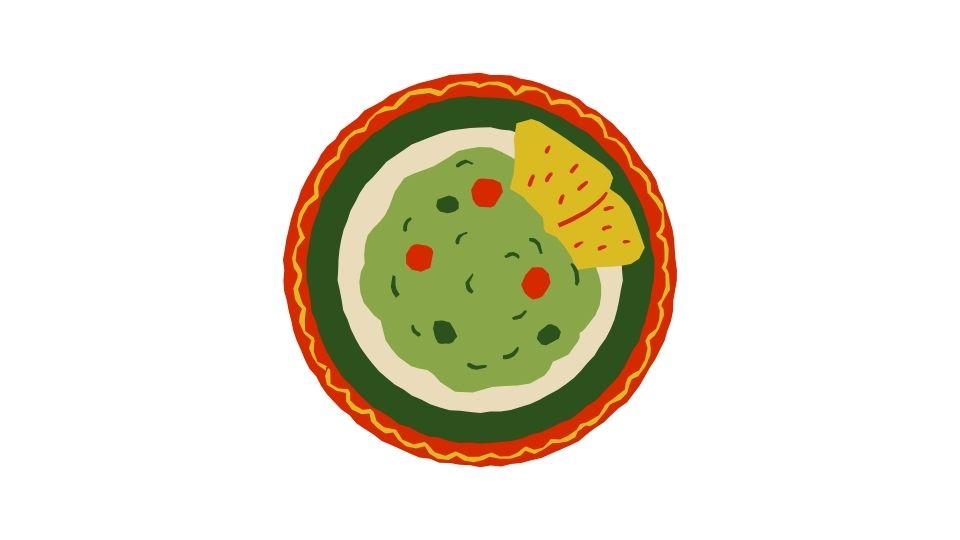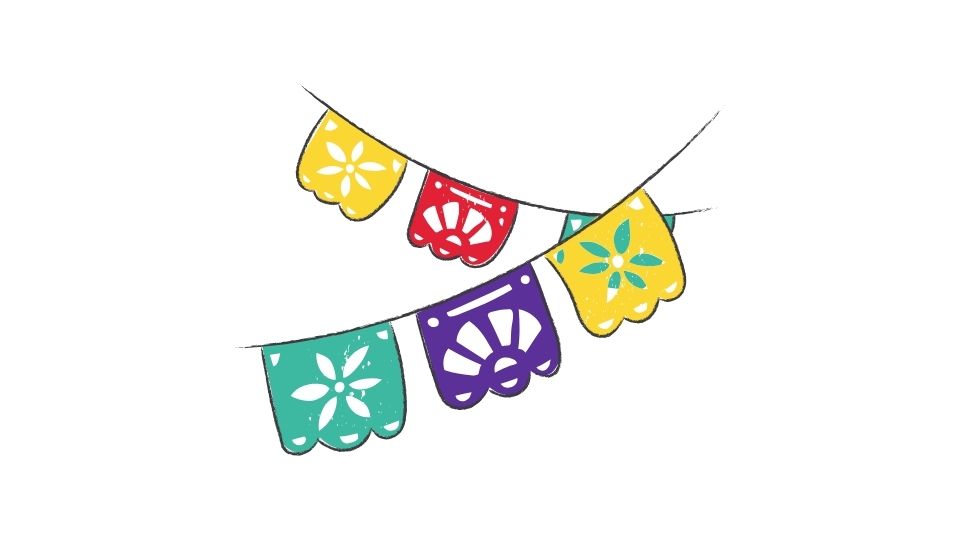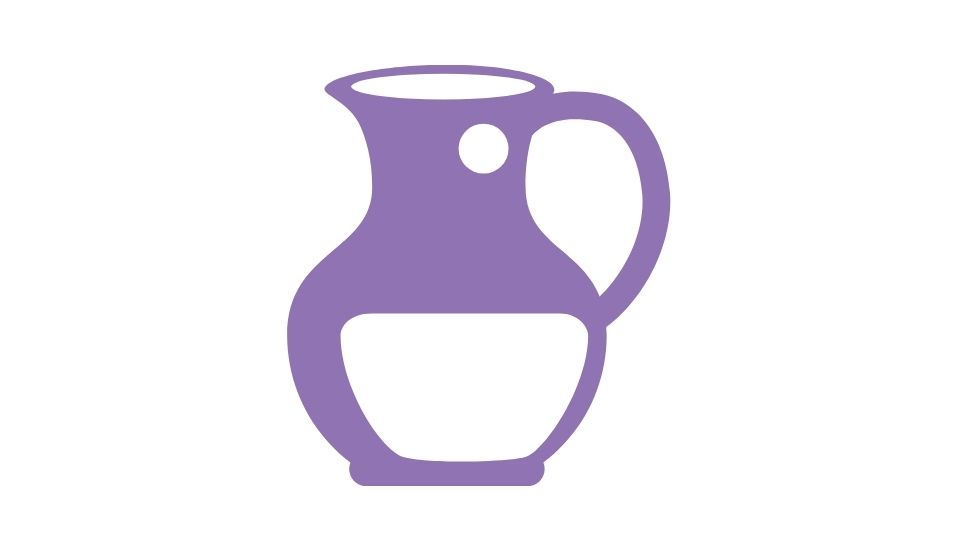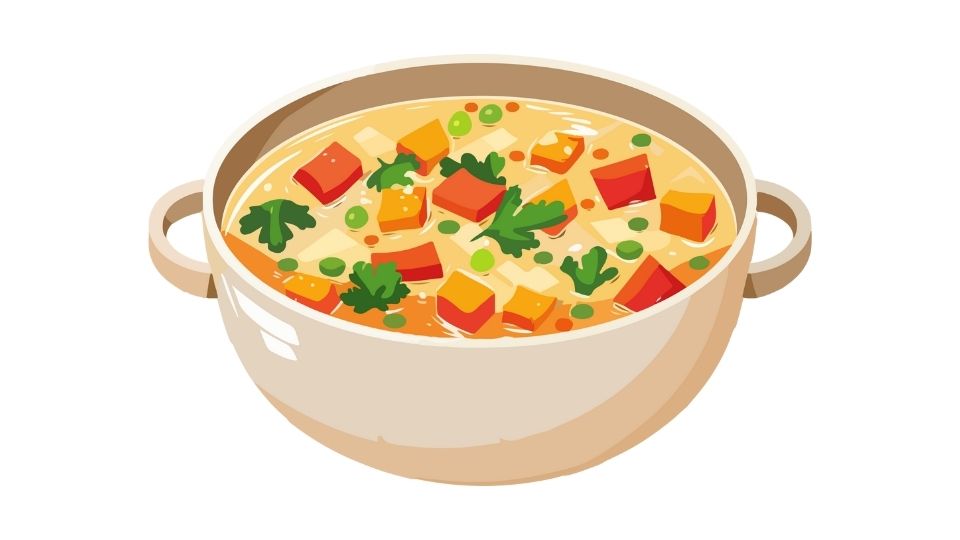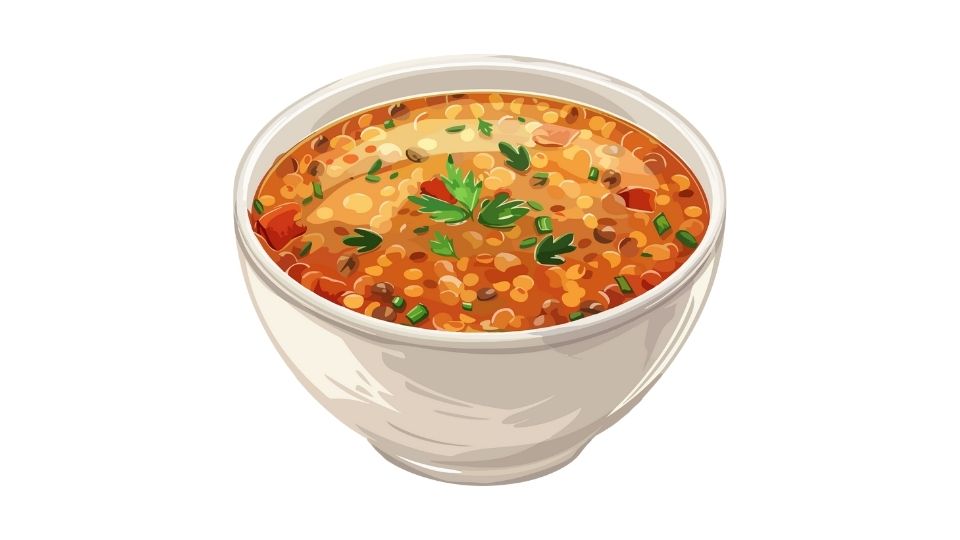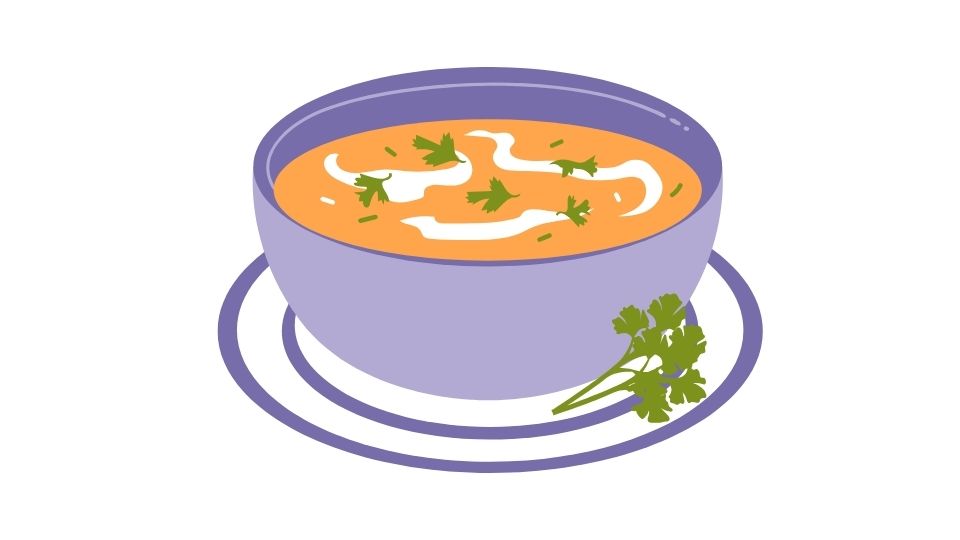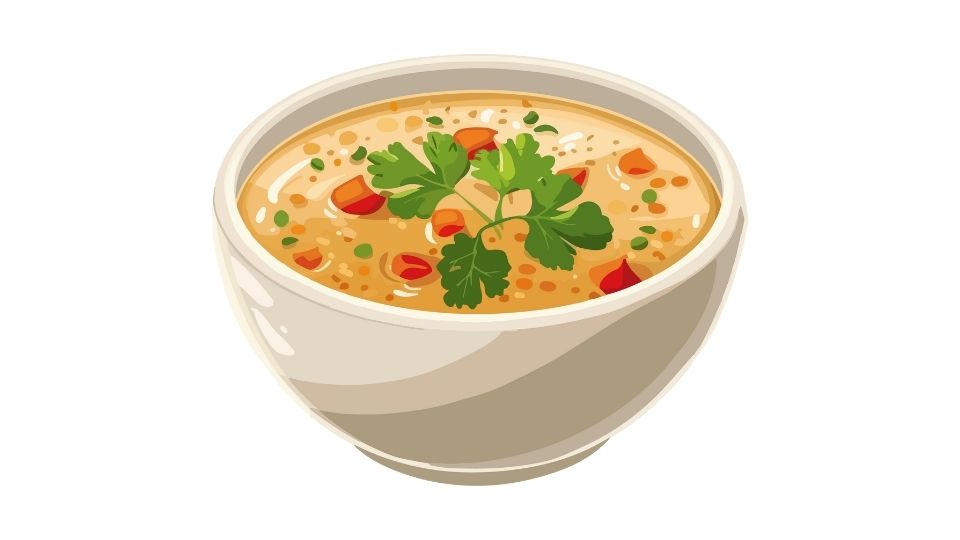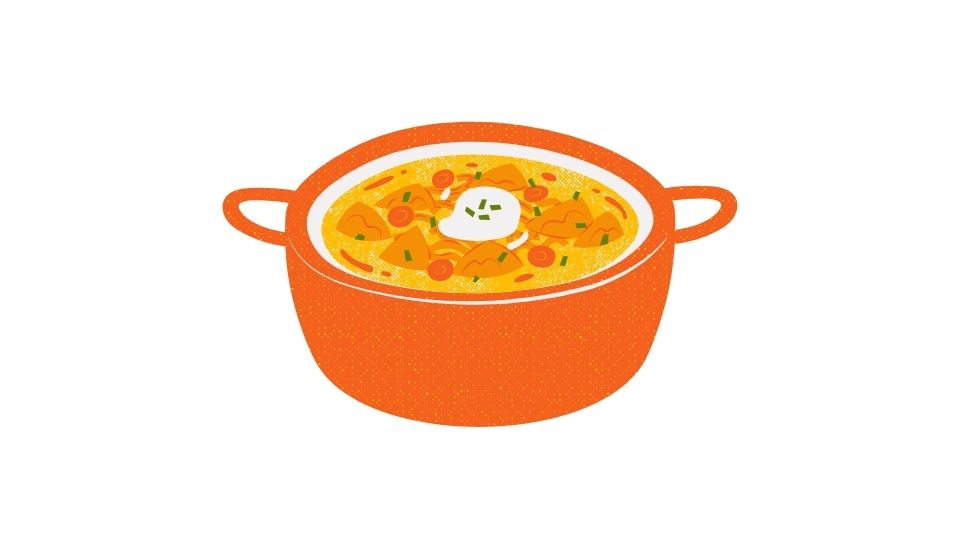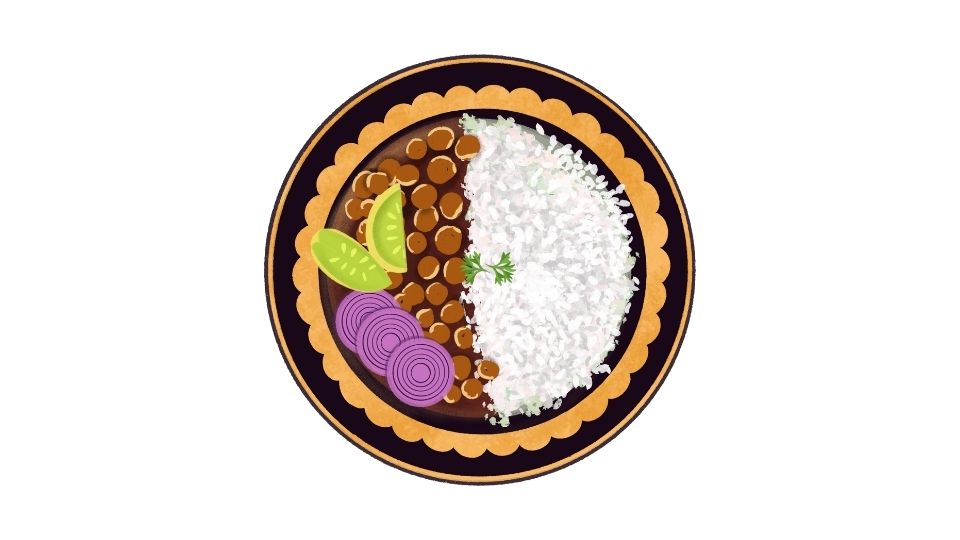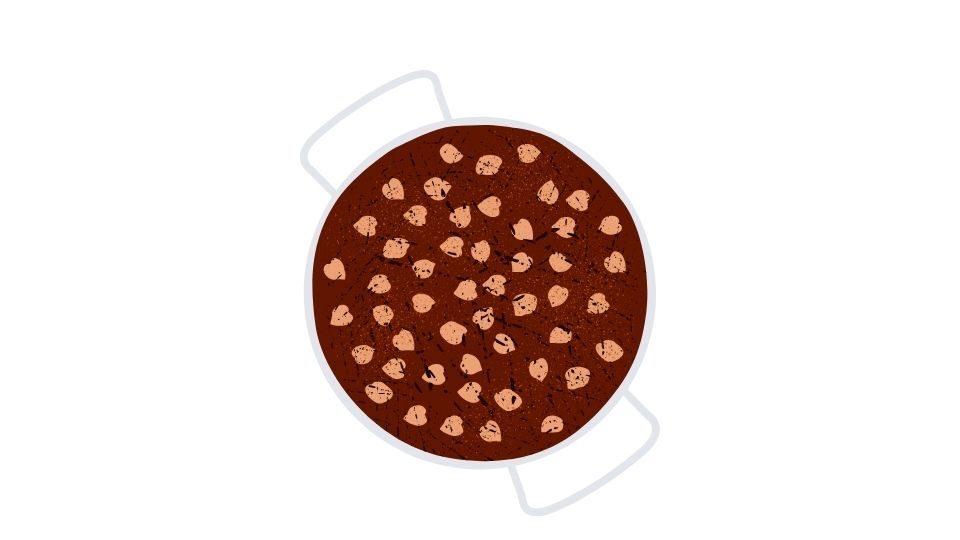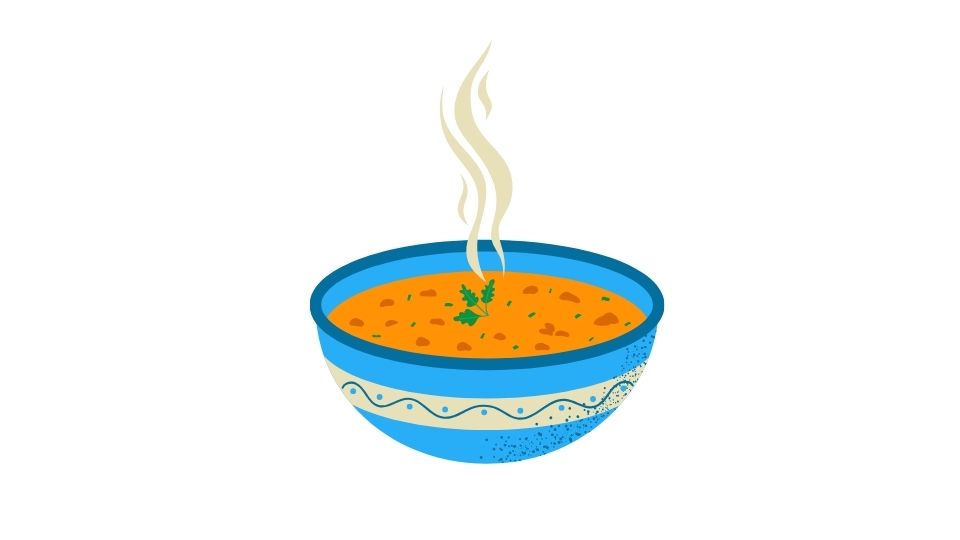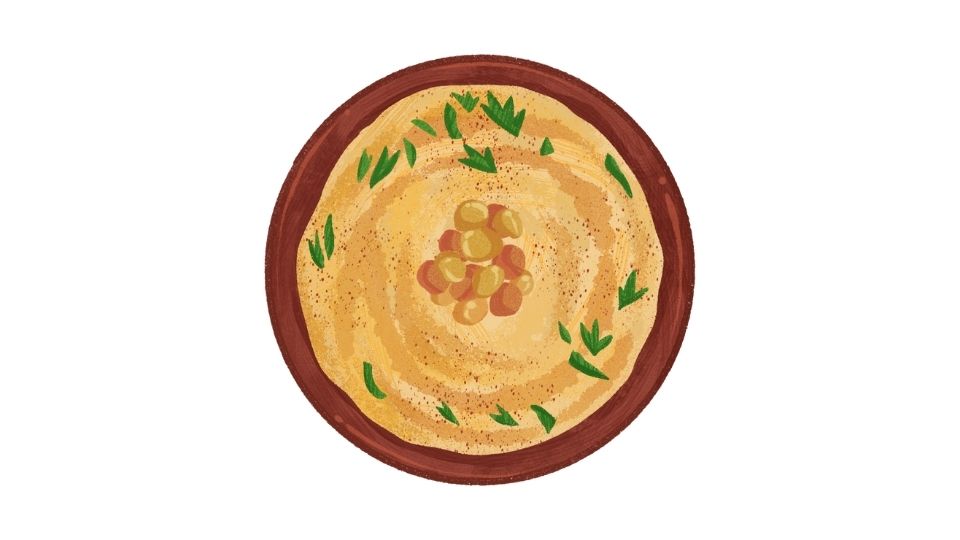Aging sucks for your fitness, but it doesn’t have to.
Ever notice how those stairs that used to be no big deal now leave you gasping for air? Or how that pickup basketball game has you sore for days instead of hours?
It’s not just you. Your cardiorespiratory fitness naturally declines as you age – and it happens faster than most people realize.
While we can’t stop the clock completely, understanding what’s happening physiologically can help us fight back against Father Time.
Because let’s be honest – we all want to be that 80-year-old still crushing it at the gym while younger folks look on in amazement.
So let’s dive into why your fitness declines with age, and more importantly, what you can actually do about it.

Why Your Cardio Fitness Drops With Age (And What To Do About It)
The Science Behind Age-Related Fitness Decline
Your cardiorespiratory fitness – measured by how efficiently your body uses oxygen during exercise (VO2max) – starts dropping way earlier than you might think.
Research shows we lose about 3-8% of our cardio fitness per decade starting around age 20, with the decline really accelerating after 45-50 years. That means by 60, you could be working with significantly less aerobic capacity than you had in your 20s.
Why does this happen? A few key reasons:
- Your heart changes: As you age, your heart’s maximum rate decreases, it doesn’t pump as forcefully, and the chambers get stiffer, limiting how much blood you can pump during exercise
- Your muscles and blood vessels deteriorate: Less muscle mass, fewer capillaries, and reduced blood flow all mean less oxygen gets to working muscles
- Your lungs lose efficiency: Breathing mechanics change and lung elasticity decreases, making oxygen exchange less effective
These aren’t just numbers on a lab report – they translate directly to how quickly you get winded walking uphill, how many grocery bags you can carry, and eventually, your overall independence.
Lifestyle Factors That Speed Up The Decline

While some decline is inevitable, certain lifestyle factors can turn that gradual slope into a cliff:
Physical Inactivity
The “use it or lose it” principle couldn’t be more true. Sedentary adults show dramatically steeper fitness declines after 45 compared to active peers. Your body adapts to exactly what you ask of it – ask for nothing, get nothing.
Weight Gain
For every BMI point you gain, your fitness takes a hit. Research shows that higher BMI strongly correlates with accelerated VO2max decline, especially in men. Those extra pounds aren’t just cosmetic – they’re actively making your cardio system work harder.
Smoking
Current smokers have substantially lower fitness levels than non-smokers at any age. Smoking essentially fast-forwards your cardiorespiratory aging process by damaging nearly every system involved in oxygen transport.
Health Conditions
Conditions like heart disease, peripheral artery disease, and COPD compound the normal age-related decline. They create a vicious cycle: the condition limits exercise, which further reduces fitness, which worsens the condition.
Can You Still Improve Fitness As You Age?

Absolutely yes – but with some caveats.
Older adults can definitely improve their cardiorespiratory fitness through exercise, but the gains tend to be smaller than in younger folks.
Studies of cardiac rehab patients show that older adults typically see more modest improvements and fewer “high responders” to training programs.
But don’t let that discourage you! Even smaller improvements translate to meaningful benefits for health and independence.
The really interesting part? Your habits in early adulthood significantly impact your fitness trajectory decades later. Those who maintain healthy habits throughout adulthood experience much slower declines.
This means the best time to start preserving your fitness was 20 years ago but the second-best time is today.
Practical Steps To Maintain Your Cardio Fitness

Regular Aerobic Exercise
Aim for at least 150 minutes of moderate-intensity cardio each week. That could be brisk walking, swimming, cycling – whatever gets your heart rate up and feels sustainable.
For bonus points, add 2-3 sessions of high-intensity interval training (HIIT) – short bursts of intense activity followed by recovery periods. Research shows HIIT is particularly effective at boosting cardiorespiratory fitness in older adults.
Strength Training
Don’t neglect your muscles! Resistance training preserves muscle mass and improves how efficiently your muscles use oxygen. Plus, stronger muscles make everyday activities easier, which helps maintain an active lifestyle.
Aim for at least two strength sessions weekly, focusing on major muscle groups.
Maintain A Healthy Weight
Each extra pound makes your heart work harder. Tracking your food intake is one of the most effective ways to manage weight, but let’s be honest – most tracking apps are tedious.
This is where simpler approaches like text-based tracking can help maintain consistency without the hassle.
Quit Smoking
If you smoke, quitting is possibly the single most powerful step you can take to preserve your cardiorespiratory health. Your lungs begin recovering within days of quitting.
Monitor Your Progress
Regular fitness assessments keep you accountable and help you adjust your approach as needed. Simple tests like measuring how far you can walk in 6 minutes or how quickly you can climb a flight of stairs can provide useful feedback.
The Bottom Line

Aging will affect your fitness – that’s non-negotiable. But how much and how quickly it declines is largely up to you.
The actions you take today don’t just affect tomorrow – they shape your health decades from now. Each workout, healthy meal, and good night’s sleep is an investment in your future self’s fitness and independence.
Remember, the goal isn’t to outrun aging completely (impossible), but to slow it down enough that you’re still living life on your terms well into your golden years.
So next time those stairs leave you breathing hard, don’t just accept it as inevitable aging. Take it as a sign that your body is asking for more consistent training, better nutrition, and perhaps a few lifestyle tweaks.
Because while we all have to age, we get to choose how we do it.












